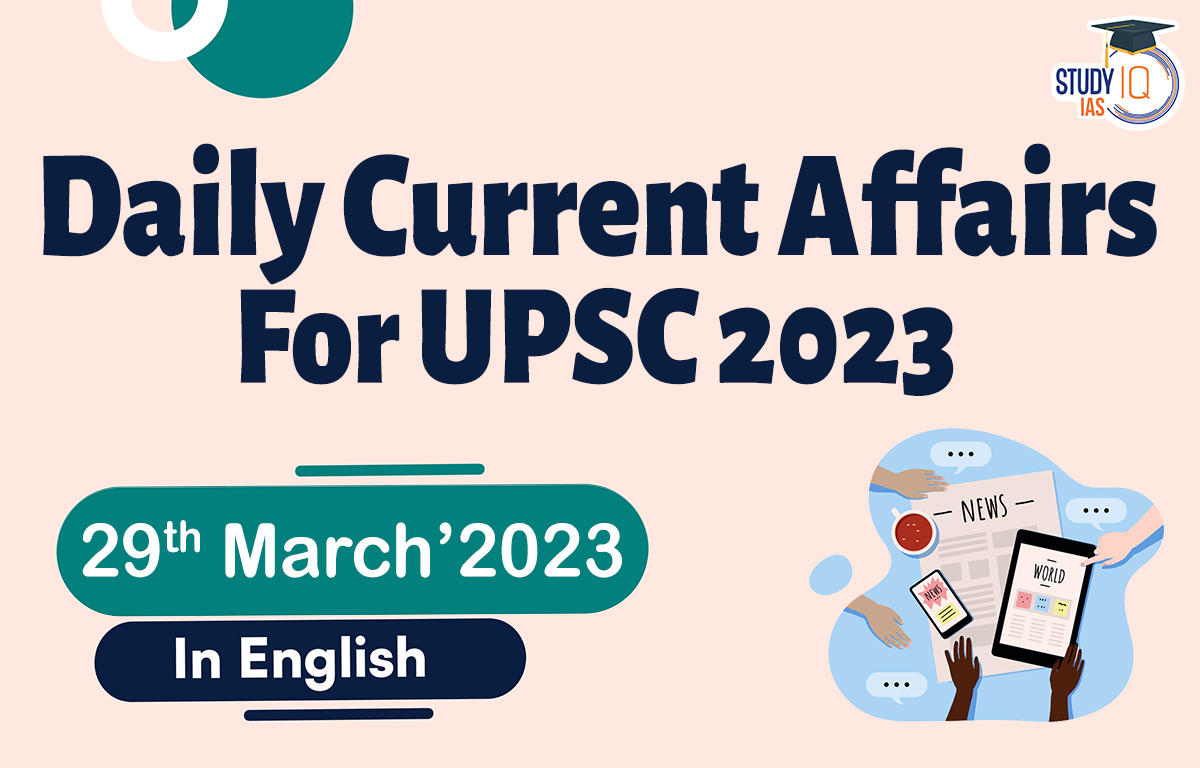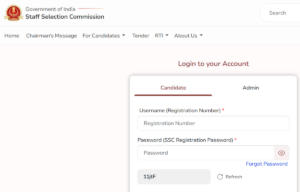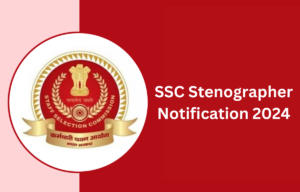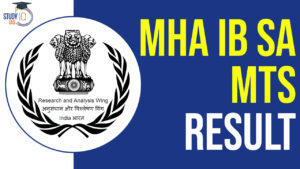Daily Current Affairs for UPSC 2023
Q) Recently seen in news, the Bali peace clause is best related to which one of the following?
- Russia-Ukraine war and global economic recession
- Sustainable development of the hydrogen economy
- Efforts to limit the negative impacts of climate change
- World Trade Organization’s Agreement on Agriculture
Daily Current Affairs for UPSC – 28 March 2023
Explanation:
- Option (4) is correct: The Bali Peace Clause said that no country would be legally barred from food security programmes even if the subsidy breached the limits specified in the WTO agreement on agriculture. The “peace clause” was the approach adopted at World Trade Organization’s Bali Ministerial Conference (2013) unless a permanent solution was found for the food security concerns of the developing countries. India has come under World Trade Organization’s scrutiny for its Minimum Support Price (MSP) programme. India’s MSP programme is under scrutiny as it is the first country to invoke the Bali ‘peace clause’ to justify exceeding its 10 percent ceiling (of the total value of rice production) for rice support in 2018-2019 and 2019-2020. Being the guardian of ensuring ‘free’ and ‘fair’ international trade, the WTO puts the actions of a member country under scanner to see if the MSP for any agri-commodity is higher than its international price. If, yes this is viewed as giving an unfair advantage to farmers in the global market. The state support which helps farmers in securing this advantage is termed as a trade distorting subsidy. The rules as specified in WTO’s Agreement on Agriculture (AoA) cap the trade distorting subsidy at 10% of the value of farm production for a developing country. The intent behind putting a cap is to prevent trade distortion. The peace clause protects India’s food procurement programmes against action from WTO members in case the subsidy ceilings are breached.
Q) Consider the following statements about Captive employment Initiative:
- This initiative is launched by the Ministry of Skill Development.
- It aims to provide sustainable employment opportunities for rural youth by establishing a skilling ecosystem.
- The financing sector frequently uses captive employment by creating its subsidiaries to execute specific processes.
Which of the statements given above is/are correct?
- 1 and 2 only
- 1 and 3 only
- 2 and 3 only
- 1, 2 and 3
Explanation:
- Statement 1 is incorrect but statement 2 is correct: Recently, Union Minister for Rural Development onboarded 19 Captive Employers, a unique initiative under the DeenDayal Upadhyaya Grameen Kaushalya Yojana (DDU-GKY). The ‘Captive Employment’ initiative is a unique effort to establish a dynamic and responsive skilling ecosystem that meets the demands of industry partners, while also ensuring sustainable employment opportunities for rural youth from underprivileged backgrounds. This initiative is a significant boost to the DDU-GKY programme, guaranteeing that trainees will be placed in jobs for a minimum of six months, with a minimum monthly salary of Rs 10,000/. Additionally, the program will also contribute to achieving the United Nations’ sustainable development goals.
- Statement 3 is correct: Captive employment refers to a situation where an employee is bound to work exclusively for a particular company or organization, usually through a contractual agreement or obligation. Captive employment is commonly used in industries such as finance, outsourcing, and manufacturing, where companies set up their own captive centers or subsidiaries to handle certain business processes or operations. It aims at addressing the vision of a dynamic and demand-based skilling ecosystem catering to the requirements of industry partners assuring sustainable placements for rural poor youth. Any industry or employer that employs candidates within its own organisation or one of its subsidiaries and has adequate in-house training facilities is referred to as a captive employer. Captive placements are those that are offered by captive employers.
Q) With reference to heat waves in India, consider the following statements:
- A heat wave is considered if the maximum temperature at a station reaches at least 40 degrees Celsius or more for hilly regions.
- The element of cool roofs that reflect sunlight is included in heat action plans.
- As per the Centre for Policy Research, India’s heat action plans have been able to significantly reduce the negative impacts of heat waves in India.
Which of the statements given above is/are correct?
- 1 and 2 only
- 2 only
- 1 and 3 only
- 1, 2 and 3
Explanation:
- Statement 1 is incorrect: Heat wave is considered if maximum temperature of a station reaches at least 40°C or more for Plains and at least 30°C or more for Hilly regions. Based on Departure from Normal if departure from normal is 4.5°C to 6.4°C it is considered as Heatwave. Whereas severe heat wave is declared when the departure from normal is more than 6.4°C. Heatwaves have increased in frequency in recent decades due to climate change. 2022 was the fifth warmest for India since 1901.
- Statement 2 is correct: Heat action plans (HAPs) are India’s primary policy response to economically damaging and life-threatening heatwaves. They prescribe a variety of preparatory activities, disaster responses, and post-heatwave response measures across state, and districts to decrease the impact of heatwaves. In the backdrop of 2010’s devastating heatwave, Ahmedabad had launched India’s first heat action plan in the year 2013. The heat action plan builds resilience to extreme heat events through public awareness and community outreach, early warning systems, capacity building among healthcare professionals, and promoting adaptive measures to reduce heat exposure. An important component of the heat action plan includes ‘cool roofs’-coatings or materials that reflect sunlight and absorb less heat.
- Statement 3 is incorrect: The Centre for Policy Research has released a report titled ‘How Is India Adapting to Heatwaves? An Assessment of Heat Action Plans with Insights for Transformative Climate Action’. The Centre for Policy Research is a Delhi based non-profit public policy think tank. The report assessed 37 heat action plans across 18 states in order to understand how well-prepared India is to deal with heat waves. The report has noted that most of India’s heat action plans fail to identify vulnerable groups alongside being underfunded.
Q) Consider the following statements about National List of Essential Medicines (NLEM):
- NLEM is released by the National Pharmaceutical Pricing Authority.
- The Ministry of Health and Family Welfare can increase the prices of scheduled drugs that are notified under NLEM.
Which of the statements given above is/are correct?
- 1 only
- 2 only
- Both 1 and 2
- Neither 1 nor 2
Explanation:
- Statement 1 is incorrect: National List of Essential Medicines (NLEM) is released by the Ministry of Health and Family welfare. Essential medicines are those that satisfy the priority healthcare needs of the majority of the population. The list is country specific which addresses the disease burden of the nation and refers to commonly used medicines at primary, secondary and tertiary level. The primary purpose of NLEM is to promote rational use of medicines considering the three important aspects i.e., cost, safety and efficacy. It also promotes prescription by generic names.
- Statement 2 is incorrect: National Pharmaceutical Pricing Authority allowed a price hike of 12.1218% for scheduled drugs that are under price control. This will cover more than 800 drugs on the National List of Essential Medicines. National Pharmaceutical Pricing Authority (NPPA) is a regulatory agency of the government responsible for controlling the prices of pharmaceutical drugs in India.
Q) With reference to No-Confidence motion, consider the following statements:
- It is mentioned in Article 75 of the Indian Constitution.
- It can only be introduced in the lower house of Parliament.
- The motion needs the support of at least 25 members before being accepted in the House.
Which of the statements given above is/are correct?
- 1 and 2 only
- 2 and 3 only
- 1 and 3 only
- 2 only
Explanation:
- Statement 1 is incorrect but statement 2 is correct: A no-confidence motion is a constitutional mechanism used to determine if person in a position of responsibility is still deemed fit to hold that position. It is generally used against Council of Ministers. This helps the elected representatives to determine if the person enjoys confidence of the House. The constitution does not mention the term ‘No confidence motion’, but Articles 75 and 164 mention that the executive is collectively responsible to their respective legislatures. The motion can only be held in the lower house. The gap between two such motions must be six months.
- Statement 3 is incorrect: A no-confidence motion can be moved against the ruling government by any member from the Opposition. The motion needs the support of at least 50 members before acceptance and subsequently, a date is notified by the Speaker for the discussion of the motion. The discussion on the motion has held within 10 days from the date of acceptance. Three different types of voting methods can be used:
- Ballot vote – Voting in secret in a ballot box. It is similar to voting in elections of the Parliament.
- Voice vote – Oral votes of present legislators are taken to determine majority.
- Division vote – Electronic gadgets or slips are used for division of votes.


 SSC CGL Apply Online 2024, Last Date is ...
SSC CGL Apply Online 2024, Last Date is ...
 SSC Stenographer 2024 Notification Out a...
SSC Stenographer 2024 Notification Out a...
 IB SA MTS Final Result 2024 Out at mha.g...
IB SA MTS Final Result 2024 Out at mha.g...

















